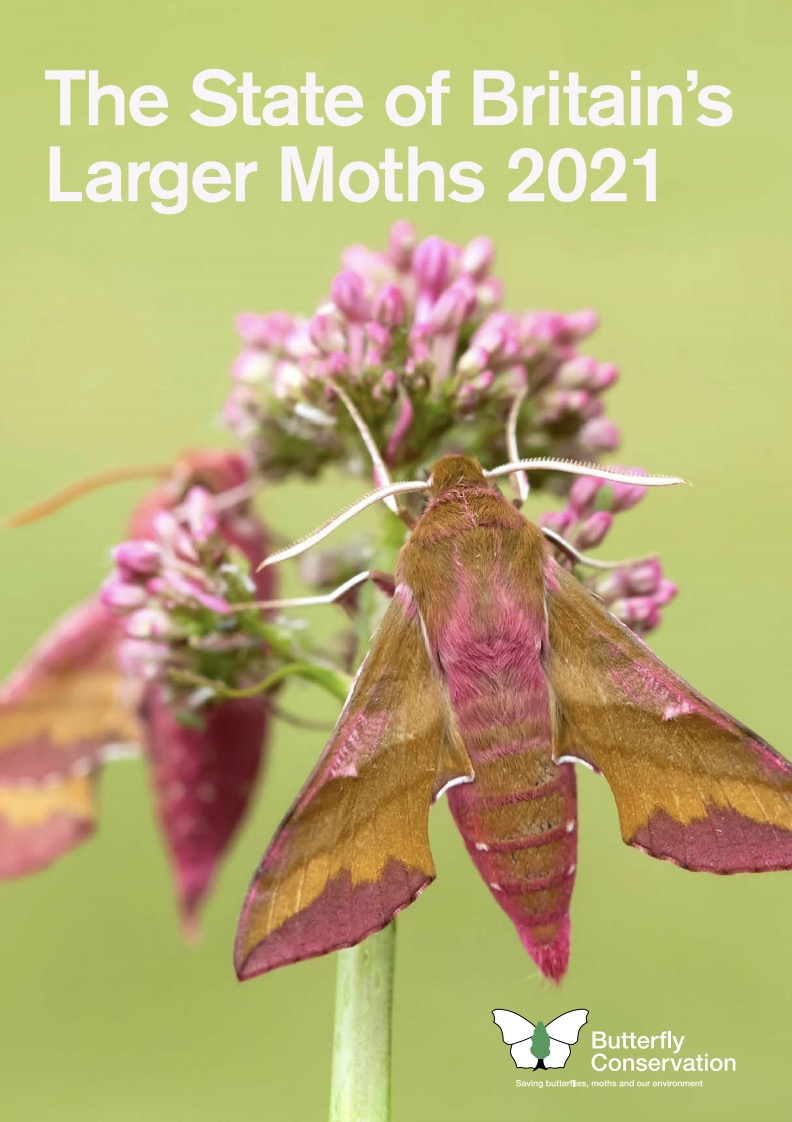The UK has a long history of citizen scientists recording biodiversity, including moths. Together with professionally collected data this has resulted in the publication of The State of Britain’s Larger Moths 2021. There is a decline of 33% in the total number of larger moths over a period of 50 years that is stronger in the south (39%) than in the north (22%) of the country. Naturally there is not one cause of these declines but one of the likely drivers that has long been neglected is light pollution. Within ACTION we have several pilots where citizens can help to better map and understand the impact of light pollution. We can measure how much light pollution there is in the pilot “Loss of the Night” and how that changes over time in “AZOTEA”, study the spectra of the light with a smartphone in “Street spectra” and how this affects insects in “Tatort Street Light”. This is one type of pollution that is easy to measure and in principle even easier to solve, at the flick of a switch. https://butterfly-conservation.org/sites/default/files/2021-03/StateofMothsReport2021.pdf


